Be the first to review this product
In stock
SKU
BN167AF
PRODUCT DETAILS
These big beans have big flavour. The 15cm (6”) pods are broad, flat, stringless, and medium green. The intense flavour of these Italian beans remains even after canning and processing. Or enjoy them straight out of the garden when they are sweet and crisp. Romano beans typically grow on tall vines that need to be supported by canes or trellises. Campo di Fiori Romano bean seeds produce tidy (determinate) bush bean plants that have a shorter harvest window. That is, the beans will all come at once during a two to three week period. The trade-off is the convenience of smaller bush plants that will produce well in large containers.
- Matures in 58 days. (Open-pollinated seeds)
- Bush beans
- Big beans with big flavour
- Broad, flat, stringless pods
- Open-pollinated seeds
- Matures in 58 days
All About Campo di Fiori Romano
Latin:
Phaseolus Vulgaris. Family: FabaceaeDifficulty:
EasySeason:
Warm season. Exposure: Full-sunTiming:
Direct sow from mid-spring to early summer. Try to plant during a warm, dry spell. Soil must be warm – if it is not warm enough, the seeds may rot, especially our untreated seeds. Optimal soil temperature for germination: 21-32°C (70-90°F). The seeds should sprout in 8-16 days, depending on conditions.Starting:
Sow seeds 2-5cm (1-2″) deep, 5-8cm (2-3″) apart, in rows 45-60cm (18-24″) apart. Thin to at least 15cm (6″) apart in each row. If the weather is too wet, beans can also be started in pots indoors and set out carefully a few weeks later. For a continuous harvest, plant at 3-week intervals.Days to Maturity:
From direct sowing.Growing:
Ideal pH: 6.0-6.5. Well-drained, warm soil in full sun is best. Raised beds help with both drainage and warmth. Use 1 cup of complete organic fertilizer for every 3m (10′) of row. Too much nitrogen fertilizer is often the cause of poor pod set and delayed maturity. If the plants flower but do not set pods, the cause may be zinc deficiency. Try spraying the plants with kelp-based fertilizer. Wet leaves on crowded plants are subject to diseases. Thin plants to increase air circulation and avoid touching the leaves while they are wet.Harvest:
Pick beans regularly to keep the plant producing (if pods get fat with seed, the plant will stop flowering). The smaller the bean, the more tender they are.Seed Info:
In optimal conditions at least 75% of seeds should germinate. Usual seed life: 3 years. Per 100′ row: 800 seeds. Per acre: 232M seeds.Diseases & Pests:
- Aphids – A hard stream of water can be used to remove aphids from plants. Wash off with water early in the day. Check for natural enemies such as grey-brown or bloated, parasitized aphids and the presence of larvae of lady beetles and lacewings.
- Spider mites (two-spotted) – Wash off with water early in the day. A hard stream of water can be used to remove mites.
- Leafhoppers – Small, light green to grey insects that feed on the plant juices, causing stunted growth, and transferring viruses. No cultural control available.
Companion Planting:
Beans fix nitrogen in the soil. Plant with beets, Brassicas, carrots, celery, chard, corn, cucumber, eggplant, peas, potatoes, radish, and strawberries. Avoid planting near chives, garlic, leeks, and onions.
| Manufacturer's Model Number | BN167AF |
|---|---|
| UPC | 687704070388 |
| Brand | West Coast Seeds |
| Family | Beans |
| Group | Bush |
| Days to Maturity | 58 |
| Certified Organic | No |
| Heirloom | No |
| Open Pollinated | No |
| Hybrid | No |
| Shipping Type | Seeds |
Customer Questions
Customer Reviews

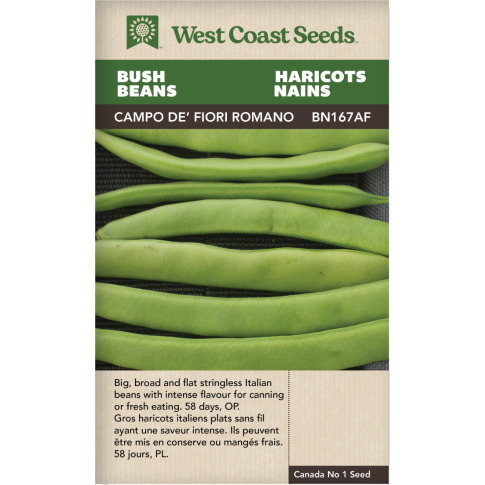


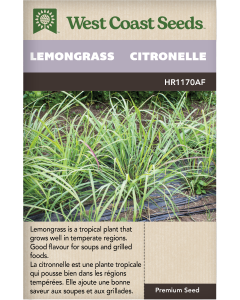
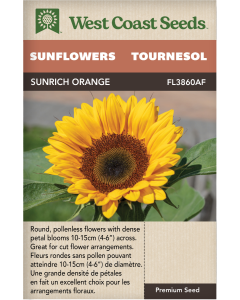
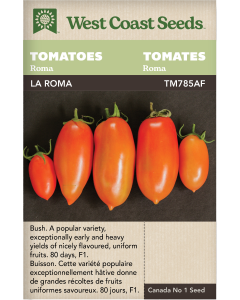
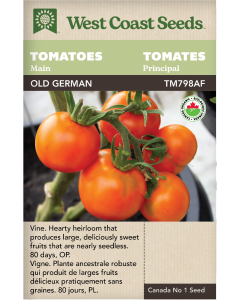
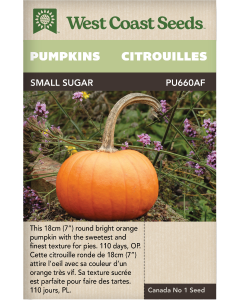
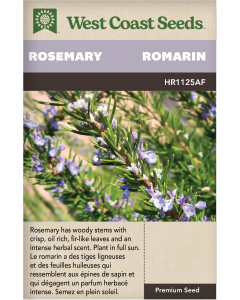
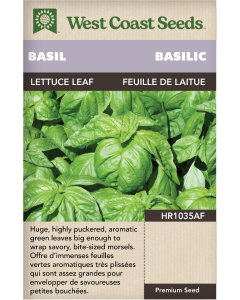
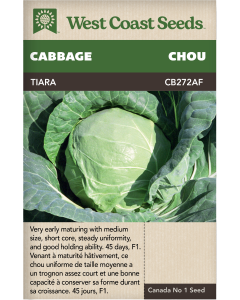
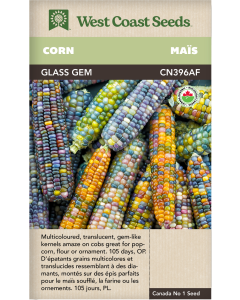
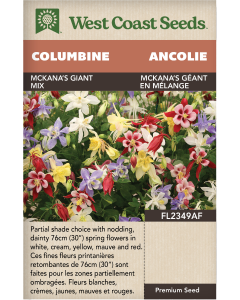
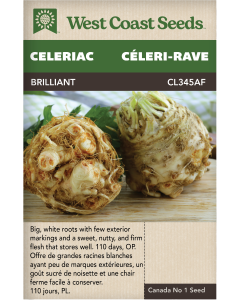

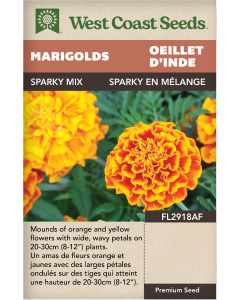
Login and Registration Form